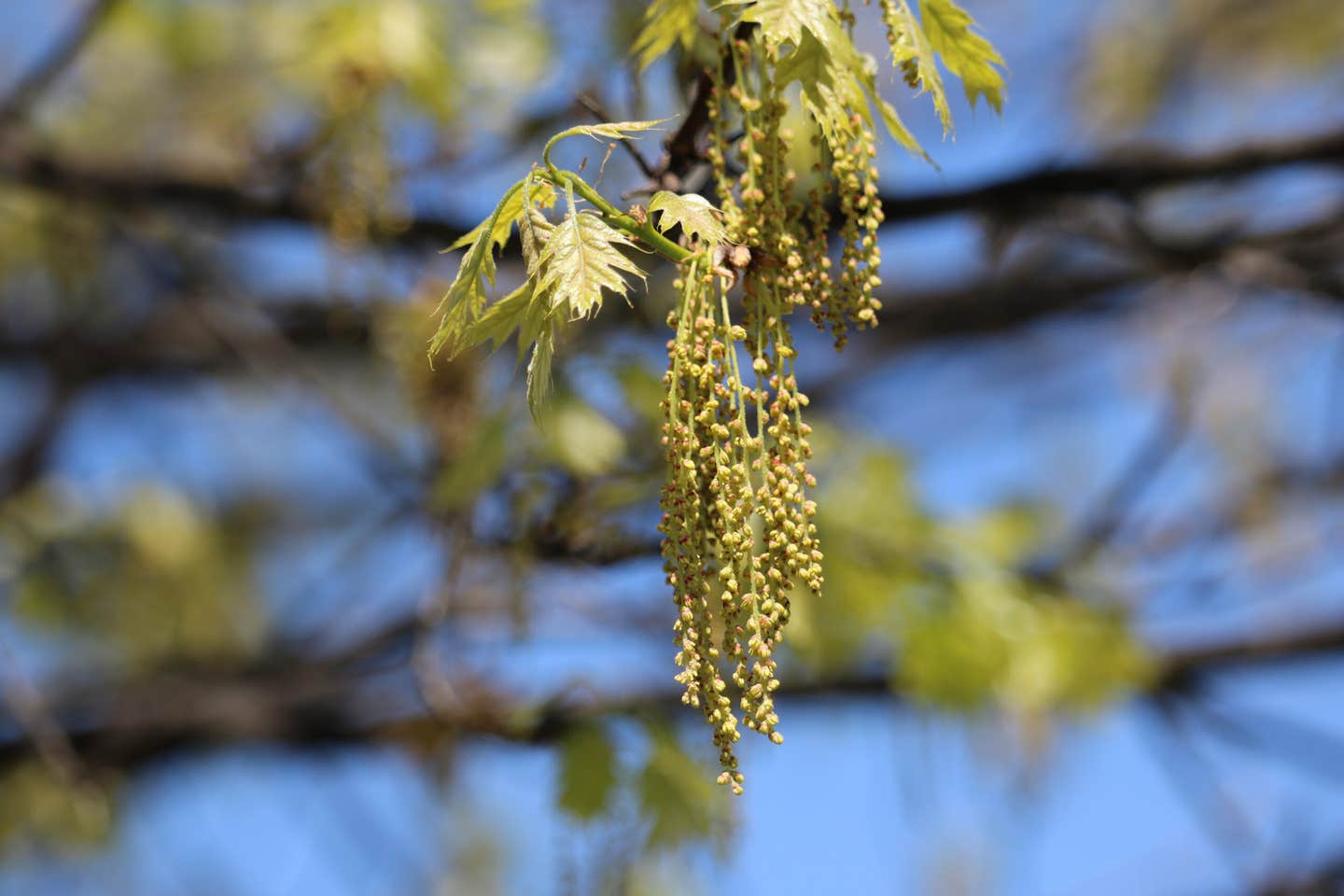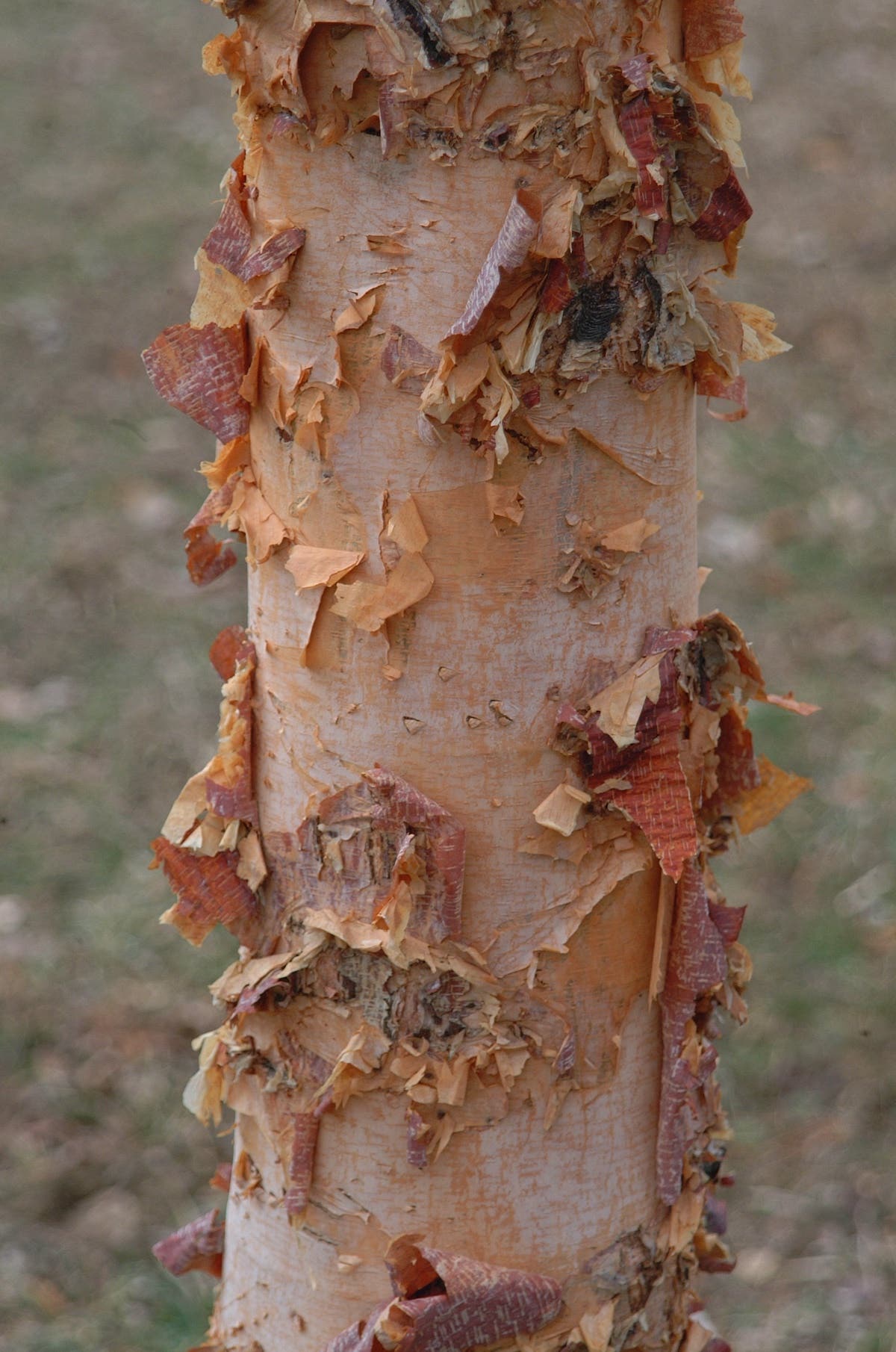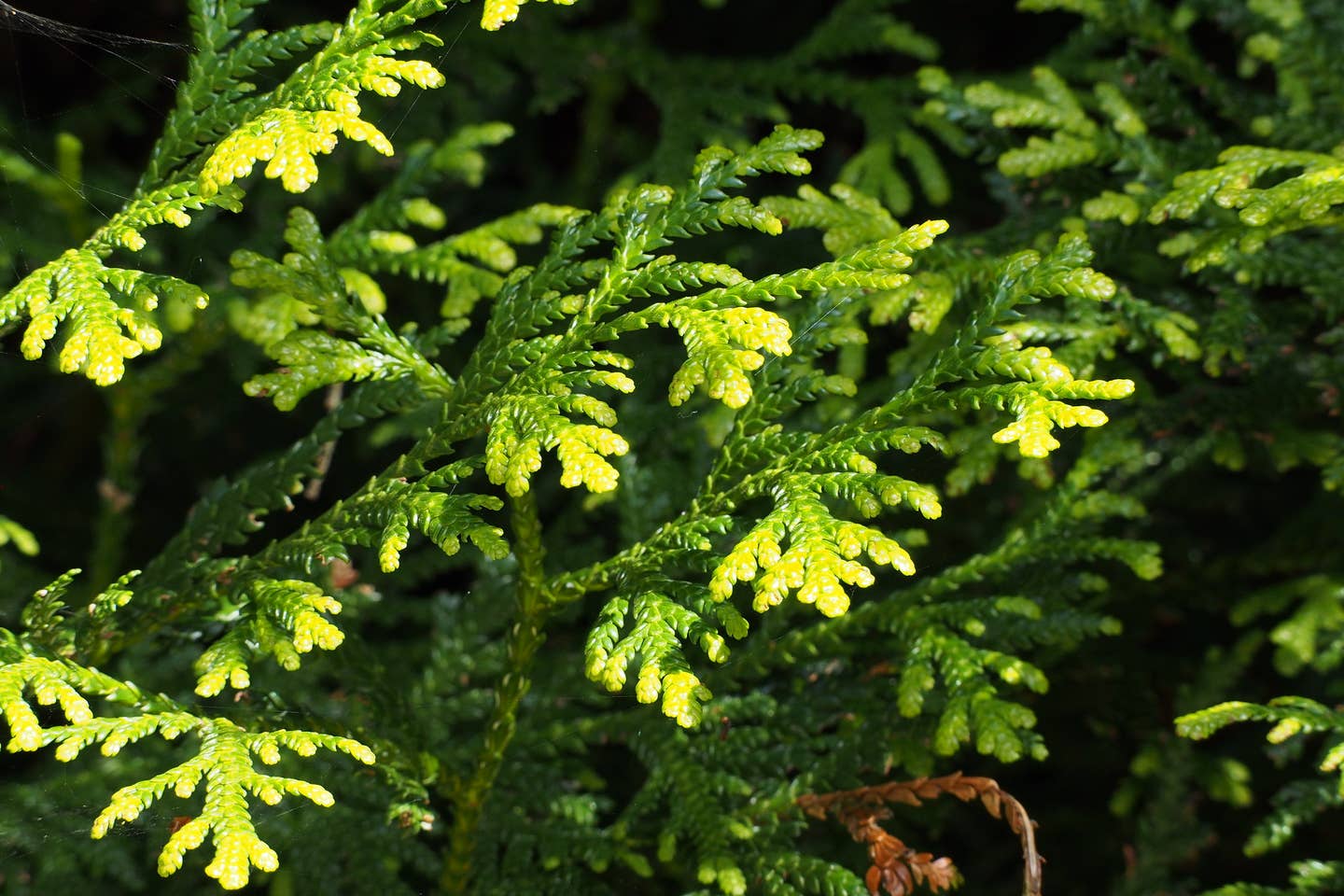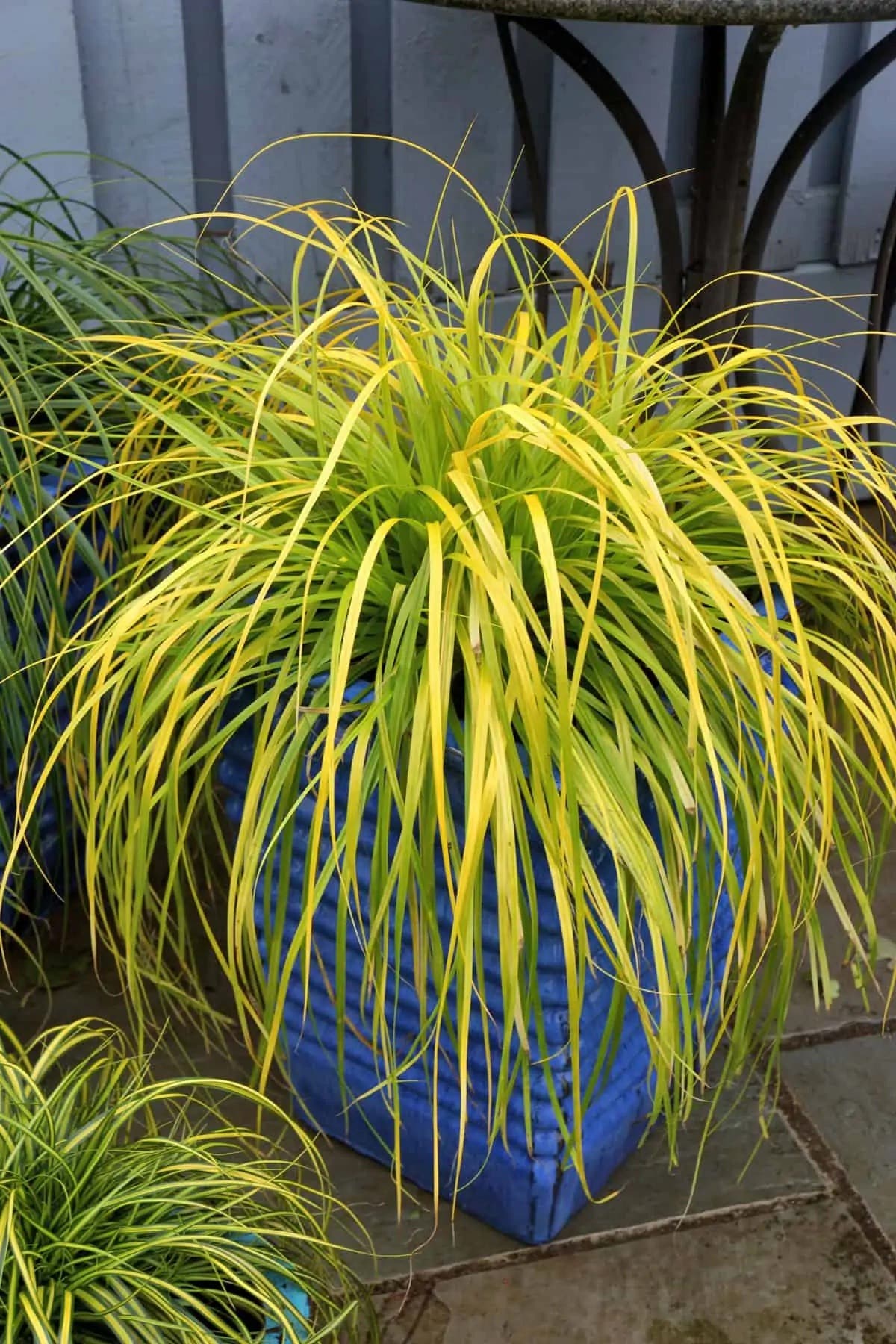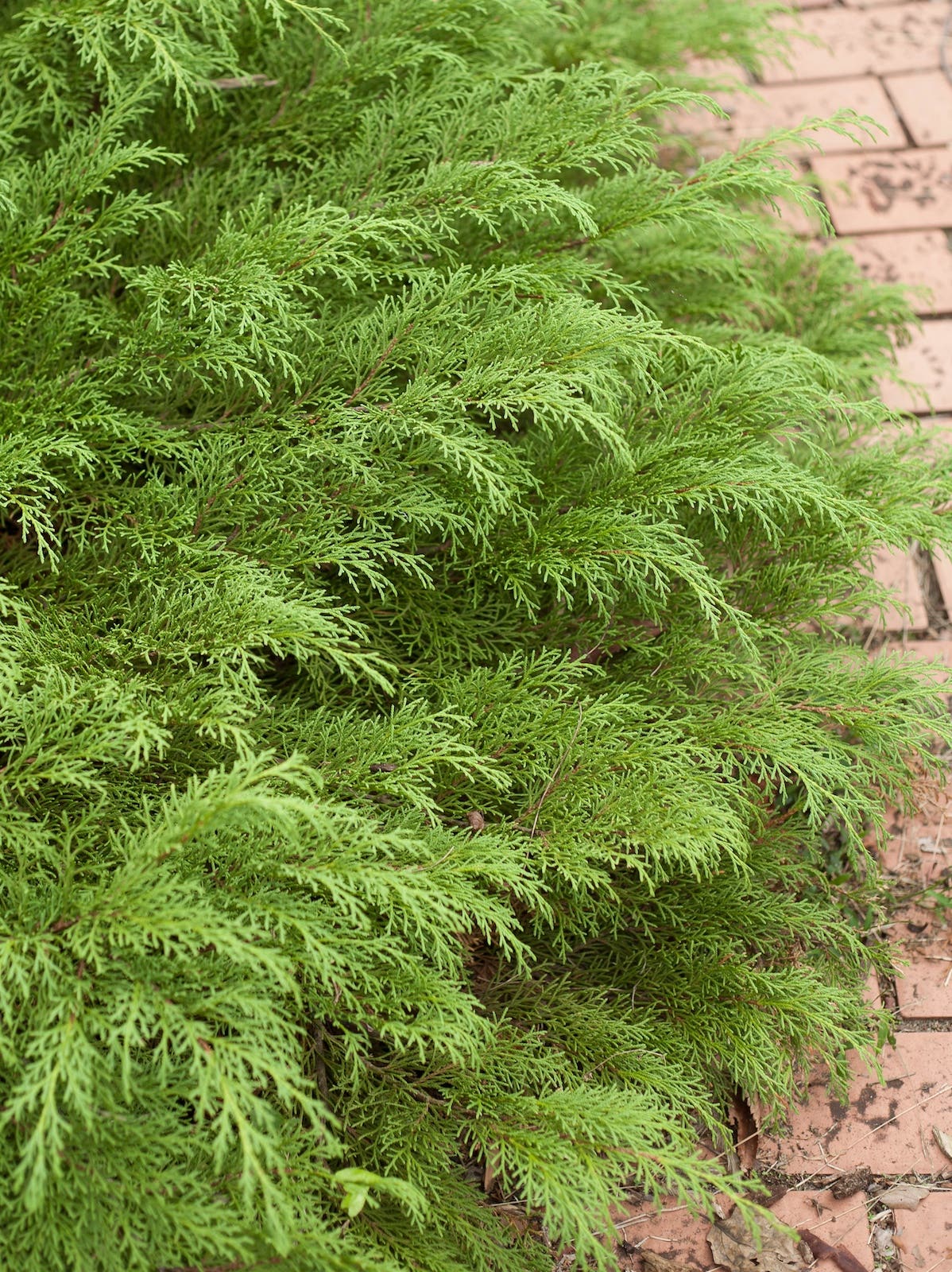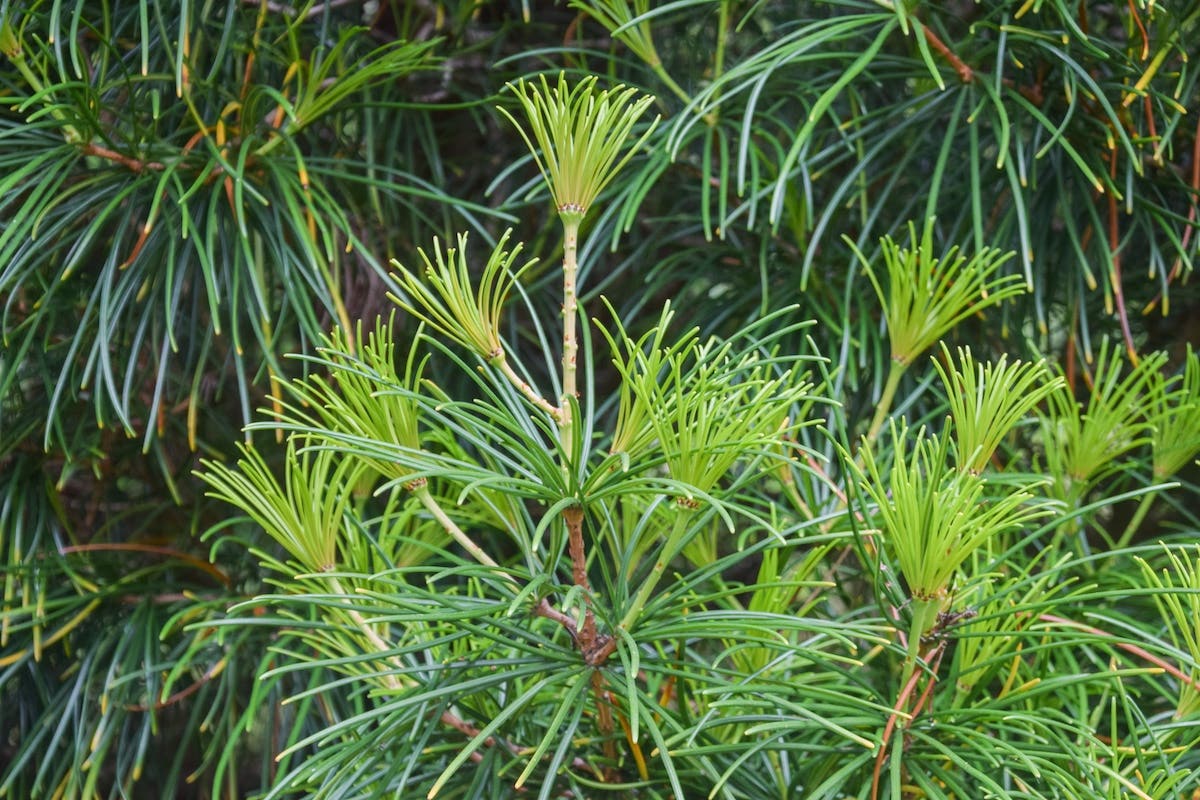Buttonbush: The Shrub That Has It All
Virtues: Buttonbush (Cephalanthus occidentalis), is a United States–native shrub with so much to offer. This four-season shrub adapts easily to various soil types and provides essential food to bees, butterflies…
Virtues: Buttonbush (Cephalanthus occidentalis), is a United States–native shrub with so much to offer. This four-season shrub adapts easily to various soil types and provides essential food to bees, butterflies and other beneficial insects. Its year-round interest, low maintenance requirements and value to wildlife prompted Nebraska's GreatPlants program to name it as 2015's Shrub of the Year.
Common name: Buttonbush, button willow
Botanical name:Cephalanthus occidentalis
Flowers: In spring, unusual, perfectly round, fragrant flowers appear in white or pale pink with a diameter of one inch. Buttonbush flowers are studded all over with prominent, round-headed pistils, which makes them look like pincushions. Bees, hummingbirds and butterflies use the flowers as a nectar source. Reddish-brown fruit follows the flowers and persists through the winter. Water birds eat buttonbush seeds.
Foliage: Narrowly oval green leaves are deciduous, emerging in spring. They can take on shades of red in fall. Leaves are a larval host for some butterflies.
Habit: Buttonbush is a multistemmed deciduous shrub growing six to twelve feet tall and four to seven feet wide. Its stems and trunks usually become twisted with age, giving it an interesting shape that is appealing when the shrub is bare of leaves in winter.
Season: Cephalanthus occidentalis has year-round garden interest, with spring flowers, summer and fall foliage and a form and fruit that shine in winter.
Origin: Swamps and wet spots, as well as dry limestone bluffs, throughout the eastern United States and southeastern Canada.
How to grow buttonbush: Buttonbush most frequently occurs in nature where the ground is damp or even wet, so grow it in a similar spot in the garden. It is a good choice for pond edges or rain gardens. However, this shrub is also well adapted to drier bluffs and hillsides, so it can tolerate a dry site. Just be sure to keep it watered through its first season or two. Site buttonbush in full sun to light shade and any soil type. USDA Zones 5–10.
_____________________________________________
Learn to choose the best shrubs for your garden and arrange them in expert fashion with Andy McIndoe's The Creative Shrub Garden.
Find more plants and strategies to attract good insects and wildlife to your garden with Jessica Walliser's Attracting Beneficial Bugs to Your Garden.
Sort myths from reality and become a more confident gardener with Decoding Gardening Advice by Jeff Gilman and Meleah Maynard.


